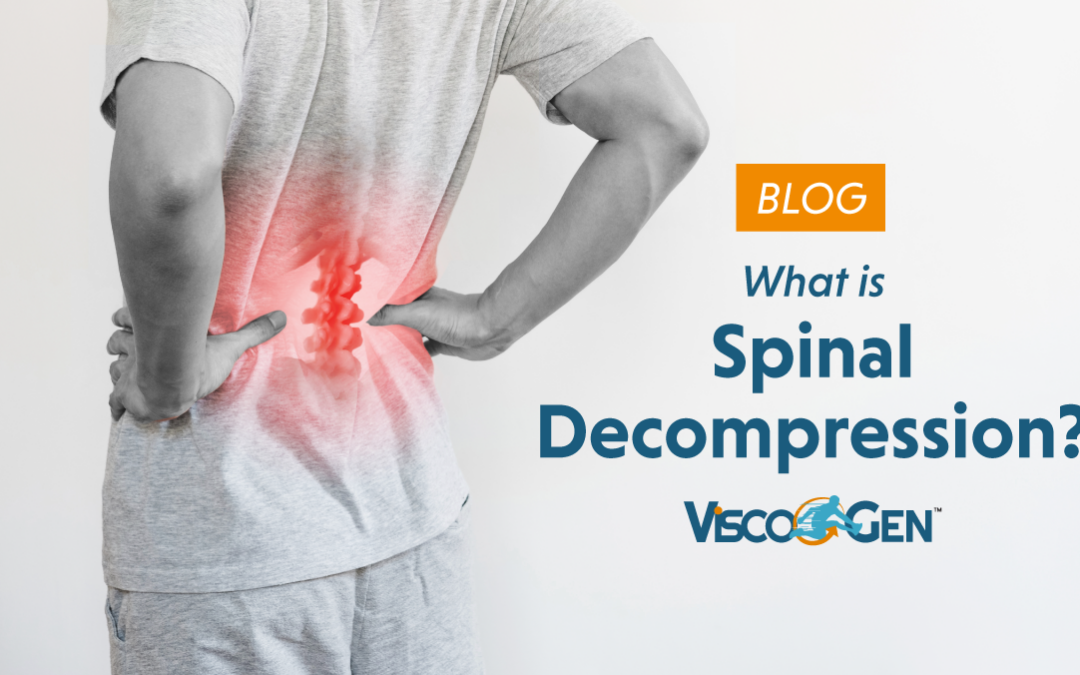Chronic back pain causes discomfort, which affects your ability to enjoy daily life to the fullest. In addition to the physical pain, you could also experience emotional side effects such as depression, anxiety, or general low mood. Fortunately, you do not have to brave the discomforts of chronic back pain anymore. Today, there are a variety of spinal treatment options designed to ease the discomfort and improve your mobility. Spinal decompression is one such treatment. Read on as we share more insights into spinal decompression and the conditions it can treat.
What Is Spinal Decompression?
Spinal decompression is a non-invasive spinal treatment solution that leverages motorized traction therapy to stretch the spine safely. During the treatment, the patient wears a harness around the lower back, controlled via a computer by your doctor. The computer will gently stretch the spine, allowing fluids to enter the discs, which have been constricted due to spinal compression.
The subtle decompression of the spine helps improve blood flow and nutrient exchange to the injured sections of the spine. In addition, the treatment helps alleviate pressure and tension from sensitive nerves and spinal disks, easing the pain and discomfort.
For optimal results, spinal decompression patients may require multiple treatments. While each candidate’s treatment schedule is different, the average patient may need three sessions every week for four weeks, totaling 12 sessions. You will, however, begin noticing improvements after the first few weeks.
Conditions Spinal Decompression Treats
Spine decompression therapy is designed to ease lower, middle, and upper back compressions and discomforts. The treatment is recommended if you are experiencing weakness, pain, limited range of motion, or numbness.
Below are some of the conditions spine decompression treats.
- Sciatica: Sciatica causes pain along the sciatic nerve path, from the lower back through the hips to the legs. The condition may affect one side of the body, but it can also affect both sides. Sciatica is mainly caused by compressed nerves resulting from bone spurs, spinal stenosis, or herniated disks.
- Degenerative disc disease: Degenerative disc refers to degenerated discs that cause discomfort and pain. About 30% of people above 35 years will show signs of disc degeneration, with the most common symptom being pain that gets worse while lifting, twisting, or bending.
- Spinal stenosis: Spinal stenosis is characterized by narrowed spaces within the spine, applying pressure on the spinal column nerves. The conditions mainly develop in the lower back or neck. While most individuals with the condition may not display any symptoms, others may experience pain, tingling, muscle weakness, or numbness.
Who is not a good candidate for spinal decompression?
If you have the below conditions, it is recommended that you do not rush into making a spinal decompression decision.
- If you are expectant
- If you have a broken vertebra in the back
- If you have undergone multiple surgeries without proper healing
- If you have continuous pain from a previous back surgery
Your physician will also advise you whether or not you are a good candidate for spinal decompression.
ViscoGen™ is a Leader in Non-Surgical Back Pain Relief
At ViscoGen™, we work with board-certified physicians dedicated to non-surgical orthopedics. Our doctors work to unleash the root cause of your pain and recommend appropriate solutions using our state-of-the-art imaging technology. Get in touch with us today to learn more about long-lasting relief.




